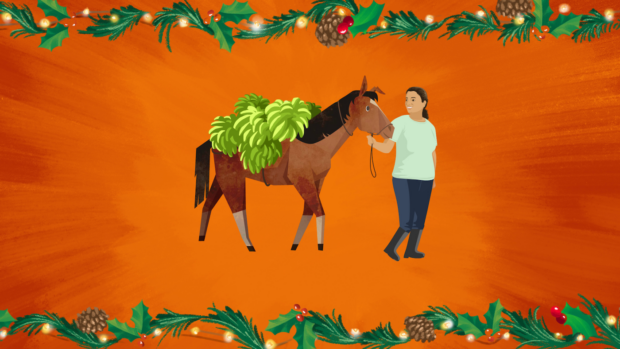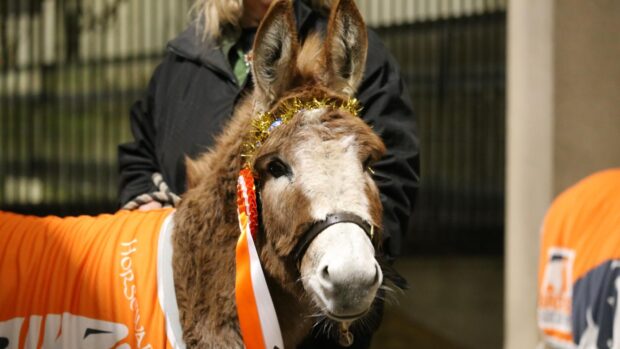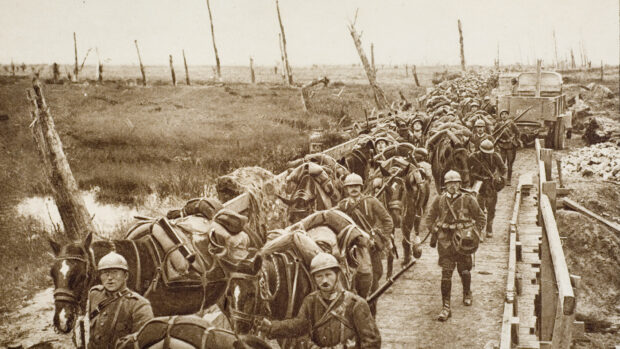In the streets of Sagroli, India, a donkey falls to the ground after standing under the sun for eight hours without drinking any water. Struck down by a heat stroke, he makes a lucky escape because vets from the Intensive Equine Care Camp — a meeting place where vets from one of the Brooke Hospital’s mobile units meet thousands of donkey owners every two months — reaches him on time and gives him plenty of fluids.
Now the Brooke has hopes to save thousands of others after an innovative research identified the causes of key welfare problems in working horses and donkeys around the world.
Researchers from the Brooke and the Veterinary School of Bristol University examined the health and behaviour of some 5,000 working horses, donkeys and mules in India, Pakistan, Afghanistan, Egypt and Jordan in what the Brooke Hospital believes to be the largest survey of the kind.
“Because our welfare assessment techniques look at the animal itself, it has been possible to look at and compare the welfare of animals in any environment,” says Veterinary Advisor for the Brooke, Joy Pritchard, who co-ordinated the study alongside Dr Helen Whay from Bristol University.
The study was entirely carried out in the field and looked at the animals in their harsh working environments. Vets visited anywhere from the dusty kilns of Delhi, where donkeys fetch bricks, to the slopes of the Himalayas, where mules carry pilgrims to remote sanctuaries, and the busy streets of Lahore, in Pakistan, where horses pull carts alongside speeding cars. They soon discovered that lameness, dehydration, nose wounds and tail-base lesions are among the most common problems among working animals across the world.
These findings will now allow researchers to assess the root cause of each ailment and devise appropriate treatments. “Our work will continue but this research means we can be much more strategic and targeted with our intervention. Rather than coming top-down we are prioritising problems and understanding the multifaceted risks that may contribute to each problem. Then we are looking at [the most suitable] intervention, which may not always be a vet treatment,” says Niki Austin of the Brooke.
In Jordan, for example, vets found that tail lesions are the most common injury among the donkeys that carry tourists up a steep path to the monastery in Petra. They then took a risk assessment to identify what caused the lesions.
“It meant that a vet would follow donkey up and down from the ground to the monastery, looking at the donkey, the path, the weight of people he carried. It turned out that the type of material used for the strap under the tail made it more likely to absorb sweat and develop an infection, so we are looking at changing that material,” explains Austin. “This is a small example of very painful problem, whereas something like dehydration will take longer to explore. That’s why this work is so important.”
The initial project, whose details will be published on the Preventative Veterinary Medicine journal, will soon be supplemented by another round of research, which will help fine tune the results.



